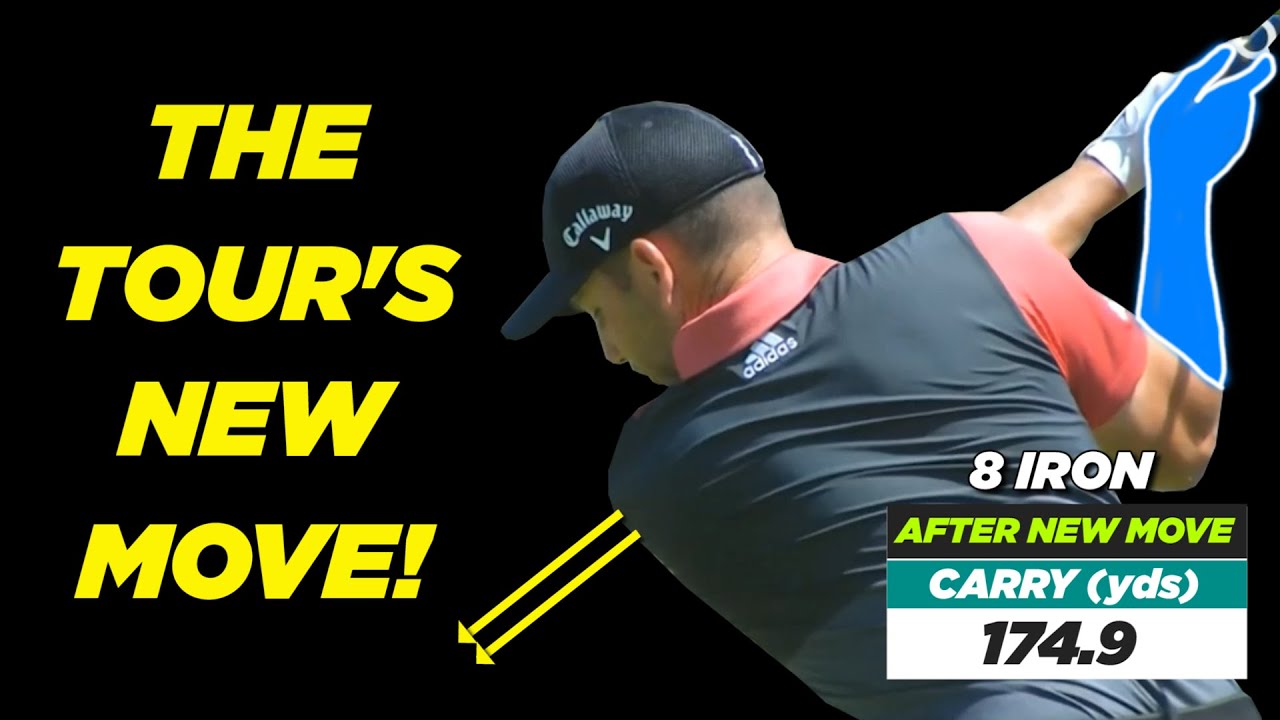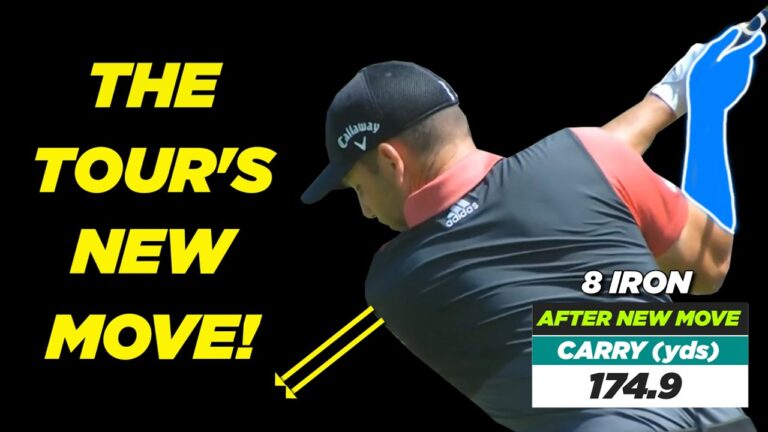
Are you ready to transform your golf game? Discover the secrets that PGA Tour pros use to achieve consistent and powerful ball striking. By aligning your swing with proven averages, you too can play golf at your best!
Introduction: The Importance of Proven Swing Averages
Observe any leading player on the PGA Tour, and you’ll notice their consistent swing mechanics. These players align their movements within specific “proven corridors,” which are essential for achieving accurate and powerful shots.
If your swing often results in inconsistent hits and poor trajectory, learning these techniques can make a significant difference. This guide, guided by insights from Craig Hanson and Dr. Rob Neal, unravels the new swing craze that 95% of golfers need to embrace.
Step 1: Understanding the Proven PGA Tour Swing Positions
Here are three critical swing positions:
- Top of the Swing: Your shoulders should point about one yard outside the golf ball.
- Halfway Downswing: Align shoulders half a yard outside the ball.
- Impact Zone: Maintain a 30 to 35-degree shoulder tilt.
Aligning your mechanics with these positions helps create a dependable swing path, reducing slices and hooks.
Step 2: The Magic Move of the Downswing
A void in many amateur swings is missing wrist and shoulder alignment at the top. Achieve a strong, flat left wrist by:
- Using a three-knuckle left-hand grip.
- Turning the left hand in for a robust grip.
- Keeping the clubface square by elevating the leading edge.
These steps set the foundation for a solid downswing, minimizing off-axis shots.
Step 3: The Importance of Trail Wrist Angle and Clubface Control
Professional golfers keep a significant angle in the trail wrist at the top for controlled clubface orientation. Here’s how to optimize it:
- Establish an angle: Align the right hand firmly against the left, subtly bowing the left wrist.
- Keep the shoulder tucked: Tuck your shoulder under your chin.
- Apply the “ring finger on arm” drill: Maintain contact between the ring finger and forearm.
This technique ensures cohesive body movements through impact.
Step 4: The Blending Drill
This drill harmonizes your swing to mimic PGA Tour mechanics:
- Stance: Align feet and shoulders with the marker a yard ahead.
- Backswing: Position shoulders and grip over the marker.
- Downswing: Continue with shoulders half a yard outside the ball.
- Finish: Retract your right shoulder slightly through impact.
- Rehearse slowly: Gradually increase speed while focusing on form.
Integrate this drill into practice for efficient motion.
Step 5: The Secret Tilt and Turn Move for Impact
Selective tilting and turning enhances accuracy and power:
- Right Eye Drop: Slightly lower the right eye.
- Shoulder Movement: The right shoulder dips, while the left lifts.
- Neck Tilt: A sideways head tilt opens up rotation.
Model your move after Tyrrell Hatton or Rory McIlroy for effective body mechanics.
Step 6: Practicing and Measuring Using Technology
Utilize modern tools like Swing Slap to analyze your swing:
- Benchmark against pro averages.
- Evaluate angles and clubface positioning.
- Access instructional content.
Reviewing swing videos ensures the accuracy of crucial positions.
Step 7: Incorporating Moves into Your Game
Integrate techniques through repetitive practice:
- Use aids like The Hanger for wrist control.
- Monitor with video to ensure sustained improvement.
- Seek personalized feedback through coaching.
Embrace these methods for noticeable improvements in play.
Conclusion: Embrace the New Swing Craze
Adopting these evidence-backed swing improvements can greatly enhance your game. Focus on the pros’ key positions, and you’ll see more consistent, powerful results.
Implement drills, leverage technology, and refine your mechanics. With diligence and direction, you’re positioned to play your best golf.
FAQ: Common Questions About the New Swing Craze
Q1: Why is shoulder position crucial?
It shapes the swing plane and affects ball contact.
Q2: How to improve wrist position?
Focus on grip adjustments and utilize wrist training aids.
Q3: What is the “tilt and turn” move?
It enhances rotation and impact finesse.
Q4: Is phone analysis useful?
Yes, apps provide valuable insights into your swing.
Q5: Timeframe for improvement?
Notable progress can occur in weeks with consistent practice.
Q6: Who benefits from these methods?
Golfers of all levels can enhance their swing with these tips.
Ready to adjust your game? Start today and watch your skills soar!


0 Comments